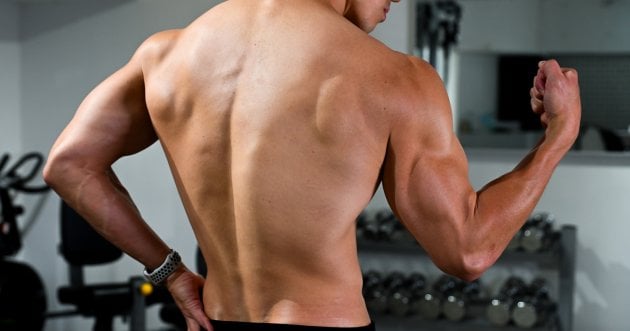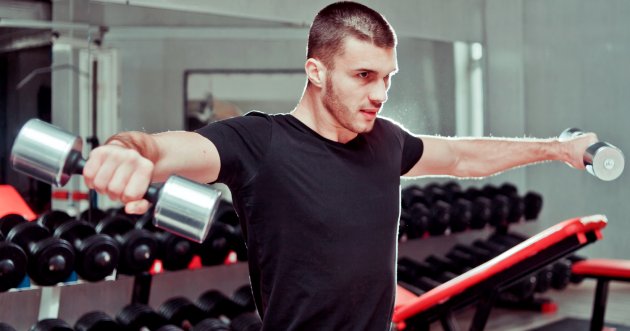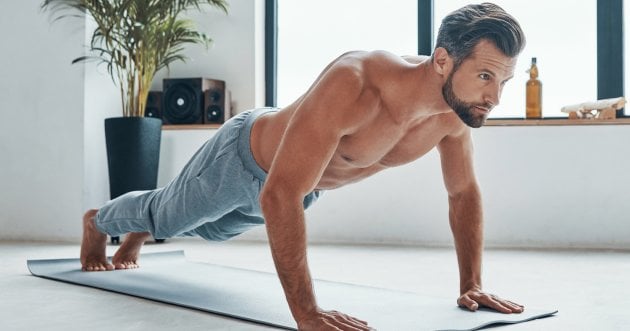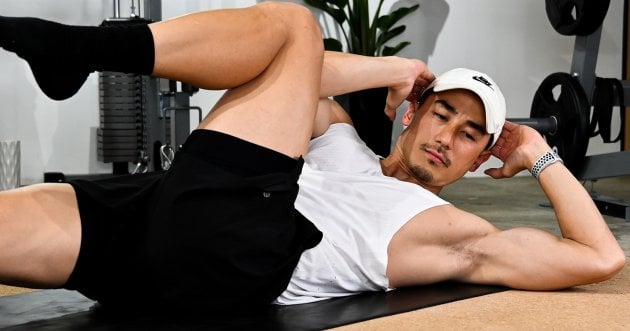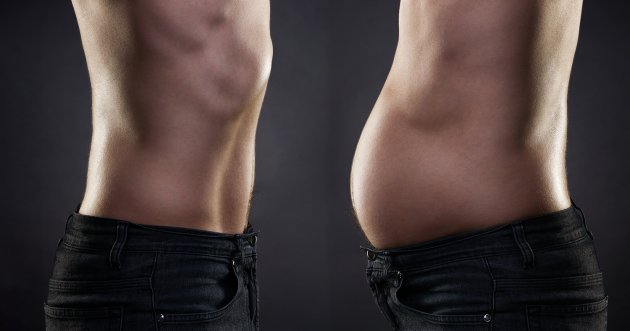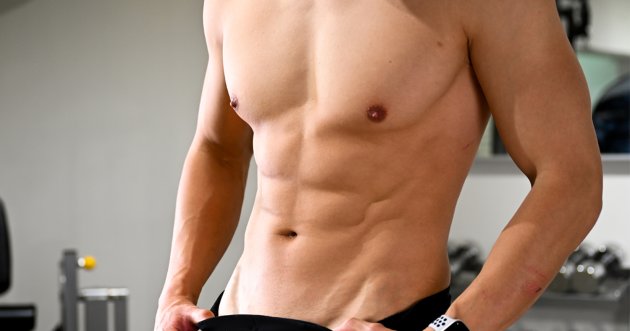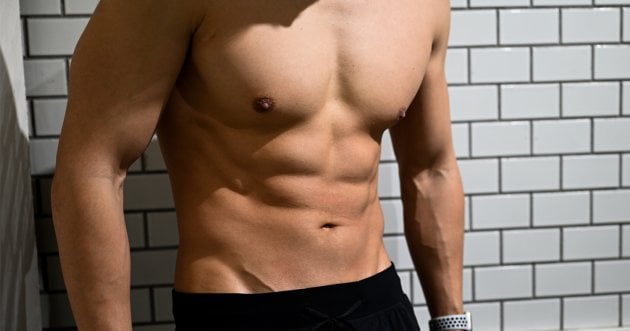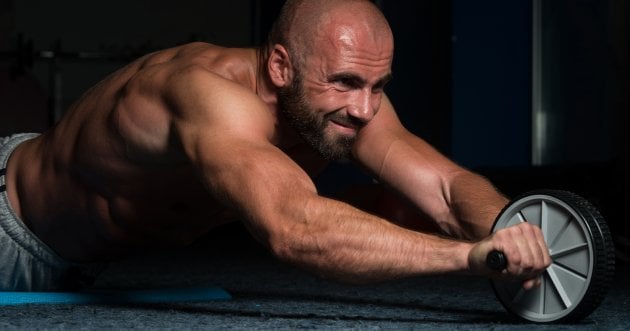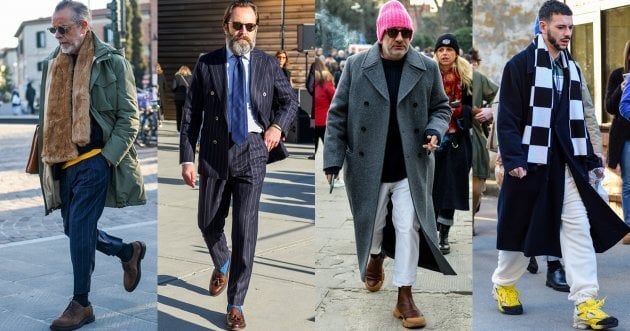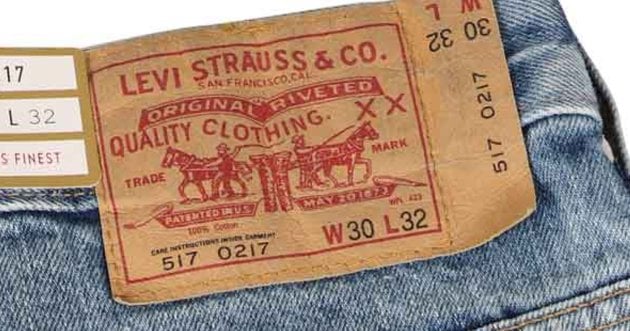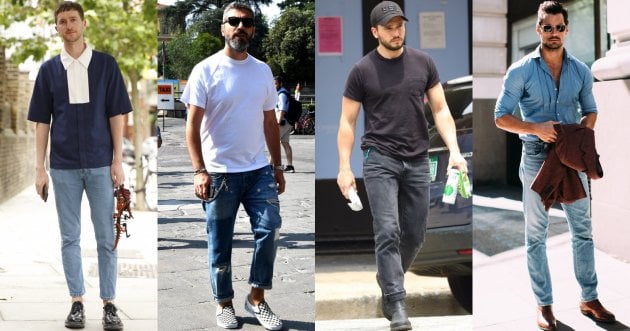![6 self-weight menus for leg training! Effective training for toning the lower body [ supervised by a professional ].](https://otokomaeken.com/wp-content/uploads/2023/03/2232-750x396.jpg)
CONTENTS
2 ページ以降を表示しています。
目次を表示Suponsered by
Push yourself to the limit without equipment! Six leg training exercises using your own body weight
From here, we will introduce six leg training menus to be performed with body weight under the guidance of personal trainer Yasuzan Matsuura. Check out the points and tips to keep in mind.
Leg Training Menu with Body Weight (1) “Squat
First, we will introduce the squat, which is a well-known and royal menu for leg training. It is a fascinating workout that can train large-volume muscles such as the glutes in the buttocks, quadriceps in front of the thighs, and hamstrings in the back of the thighs. The hip-enhancing effect and the tightening of the abdominal area due to the load applied to the trunk are other features of this exercise. The movements are simple, but if you do them in a self-styled manner, they may not work the target muscles.
From an upright position, spread your feet shoulder-width apart and point your toes slightly outward. Place your hands on your hips or cross your arms in front of your chest. Once the posture is formed, place your weight on your heels and pull your hips back to a sitting position. As you squat, try to bend your knees in the direction your toes are facing. After squatting down firmly, hold for 1 second and return to the starting position in the same trajectory. It is recommended to repeat this series of movements 10 to 15 times for 2 to 3 sets with a 1-minute interval.
What points should I be aware of when squatting?
For more load, I also recommend jumping squats!
If you want to increase the load of your body weight squats! Then jumping squats are the way to go. By incorporating an instantaneous jumping motion, the muscles around the hips and thighs used in squats are mobilized, as well as the triceps and other muscles, and the muscles are also loaded when they catch the impact of landing. It is very easy to do, just squat down and then jump. If the jump is shallow, the load will not increase much, so try to jump as high as possible. However, it also increases the load on the knee and ankle joints, so if you have arthritis, you should refrain from jumping squats.
Leg Training: Self-Weight Menu (2) “Wide Squat”.
Wide squats are performed with the feet wider than normal squats. By widening the legs, the load on the adductor muscles located in the inner thighs is increased. The adductor muscle stabilizes the pelvis, but it is not a muscle that is used very often, and it weakens when we spend most of the day in a sedentary posture. Weak adductor muscles can easily lead to O-legs and distorted pelvic bones, which can reduce athletic performance, so it is important to consciously strengthen these muscles with wide squats.
The major difference between wide squats and regular squats is the width of the feet and the direction of the toes. The feet should be two to three fists wider than the width of the hips, and the toes should point outward. The upper body should be firmly chested, with hands either folded in front of the chest or resting on the hips. Once in position, bend your knees in the direction of your toes and lower your hips as vertically as possible. Once your thighs are parallel to the floor, slowly raise your hips and repeat the same movement. 10 to 15 repetitions are recommended for one set, with an interval of one minute between each repetition. 2 to 3 sets are recommended.
What points should I be aware of when performing wide squats?
Leg Training – Self-Weight Menu 3: “Front Lunges
Next to squats, lunge is one of the standard leg training menus. There are several types of lunge, but this front lunge involves squatting down while stepping forward with the legs, then kicking them out and returning to the original position. It is a great way to increase basal metabolism because it mainly strengthens the quadriceps muscles and also stresses the hamstrings and gluteal muscles.
In an upright position, with legs about hip-width apart and chest tight, hands folded in front of the chest. From this starting position, keeping the upper body as straight as possible, step out with one leg and squat down until the knee touches the floor. From there, return to the starting position by kicking out with your front foot. After 10 repetitions with one leg, do 10 repetitions with the other leg, and it is recommended to do 2~3 sets of these repetitions.
What points should I be aware of in the front lunge?
Leg Training: Self-Weight Menu (4) “Back Lunges”
In contrast to the front lunge, in which one leg is stepped forward, the back lunge is an event in which one leg is put out behind the other while sitting back. In the front lunge, the main target is the quadriceps, but in the back lunge, the main target is the glutes and hamstrings. Also, the back lunge is often thought to be easier than the front lunge because the front foot does not change position and the center of gravity does not shift nearly as much as in the front lunge, but it takes some time to get used to it because there is little movement in daily life to put the foot out behind the back. If you find it difficult to keep your balance, you can do it with your hands on a wall or table.
In an upright position, legs shoulder-width apart, chest out, hands folded in front of chest. From this position, lower your hips as if you are lowering your center of gravity vertically while moving one leg out toward the back. When your knees touch the floor, return to the original position. After 10 repetitions with one leg, do 10 repetitions with the other leg, and repeat for 2~3 sets.
What points should I be aware of in the back lunge?
Leg Training: Self-Weight Menu (5) “Calf Raise
Calf Raise is an exercise in which you repeatedly flex your ankles and stand on your toes. Many people, from beginners to veterans, incorporate this exercise into their leg training as it mainly strengthens the gastrocnemius muscle, which is the calf muscle. There are two major types of calf raises, but the standing version introduced here is more effective for toning the soleus muscles than the seated version because the load on the soleus muscles is weaker. In addition, the gastrocnemius has a high percentage of fast-twitch muscles, which work well in spontaneous movements such as running and jumping, making calf raises effective for improving performance in sports competitions.
In order to stretch the gastrocnemius muscle properly, it is recommended to prepare a platform on which to place the toes if possible, or to use stairs. Stand with your toes on a platform or other surface, with your heels in the air, and while keeping your knees straight, raise your heels to a toestand. Hold for 1 second at the maximum height and slowly lower the heel. When the heel is lowered to a position lower than the toes, you should feel a sensation of stretching. Repeat this series of movements about 15 times for 2~3 sets.
What points should I be aware of in calf raises?
Leg Training – Self-Weight Menu (6) “Scissor Box Jumps”
If you want to burn fat while training your legs! If you want to burn fat while strengthening your legs, scissor box jumps are recommended, as they also have an aerobic effect. It is an exercise in which you jump instantaneously while alternating legs in a front lunge-like motion, and is recommended for those who want to improve their sports performance as it improves instantaneous power and agility. Incidentally, it is better to put your feet on a platform so that you can squat deeper and focus on your glutes and hamstrings, but if you cannot prepare a platform or if you have not exercised in a while, you can do it on a flat floor.
Place one foot on the platform and adjust the position of the back leg so that the knee angle of the front leg is 90 degrees when squatting down. The upper body should be slightly tilted forward with the chest outstretched and the hands crossed in front of the chest. The goal is to do 20 repetitions per set, with 2 to 3 sets recommended.

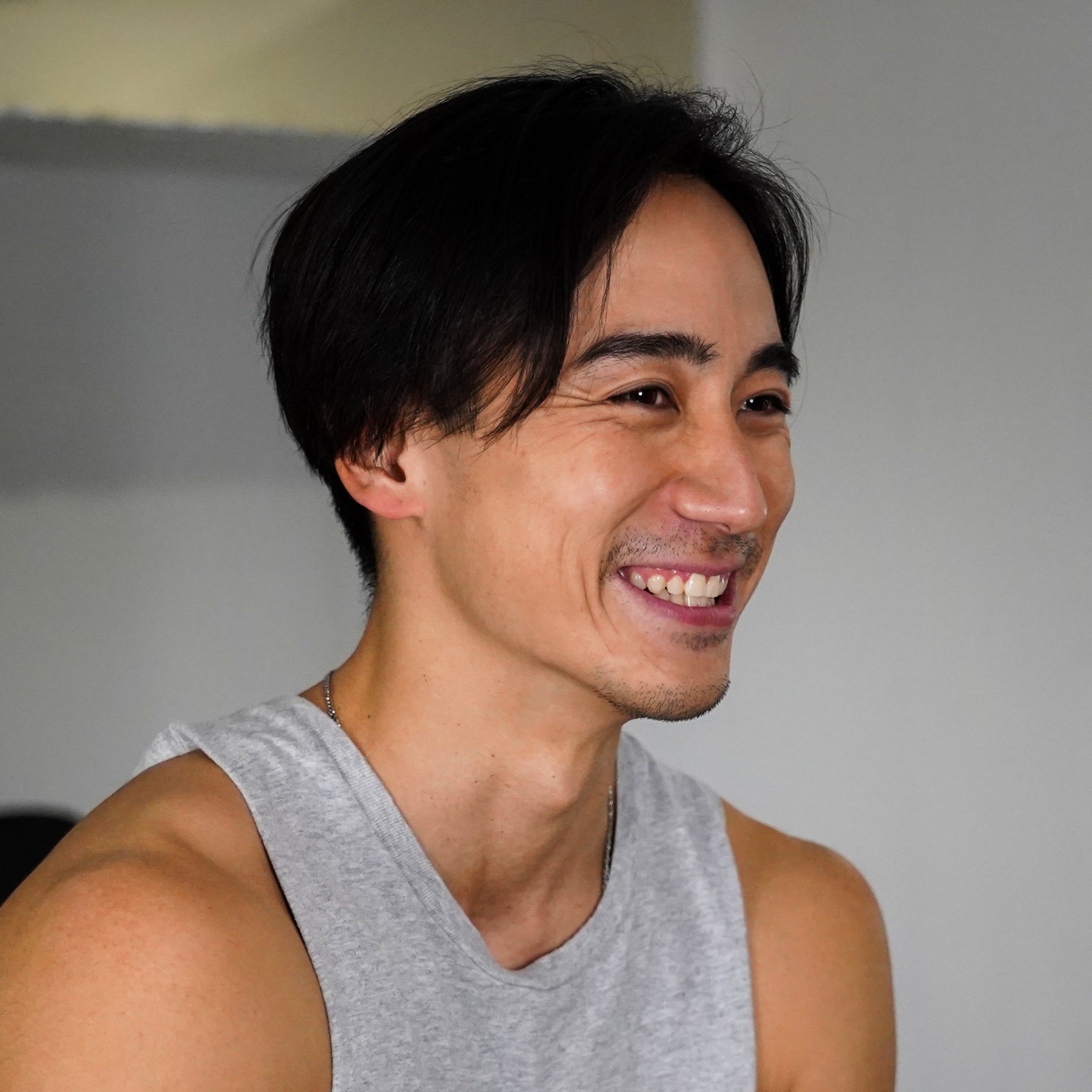
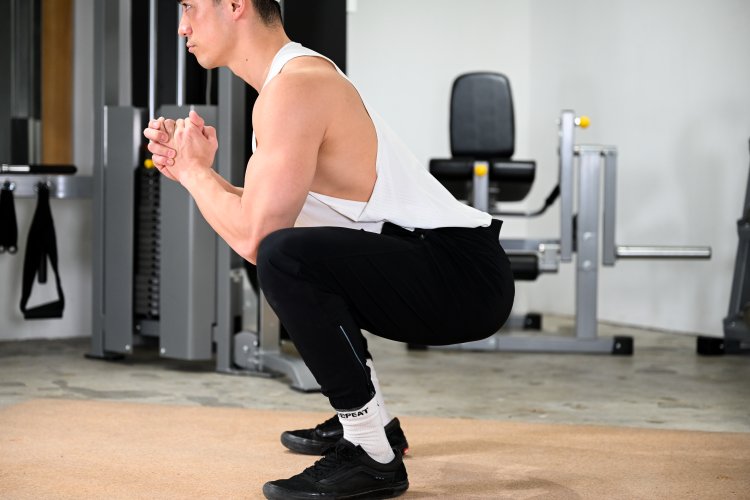
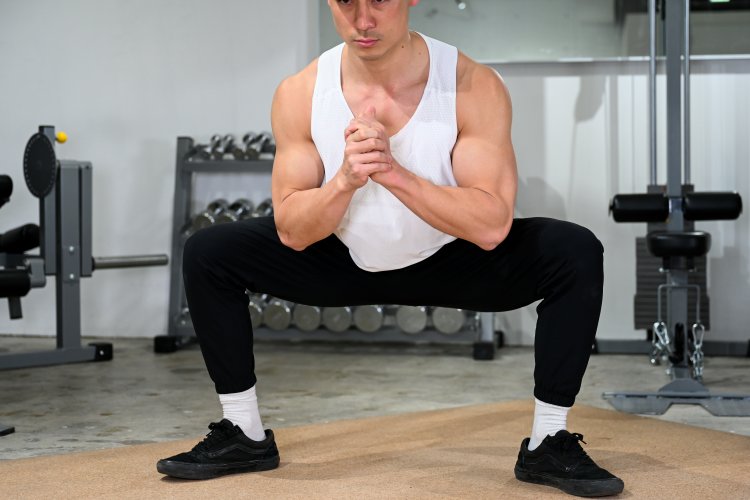
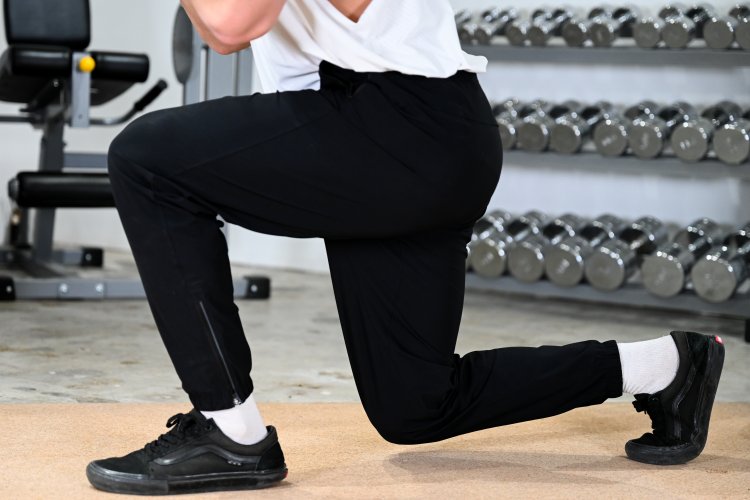
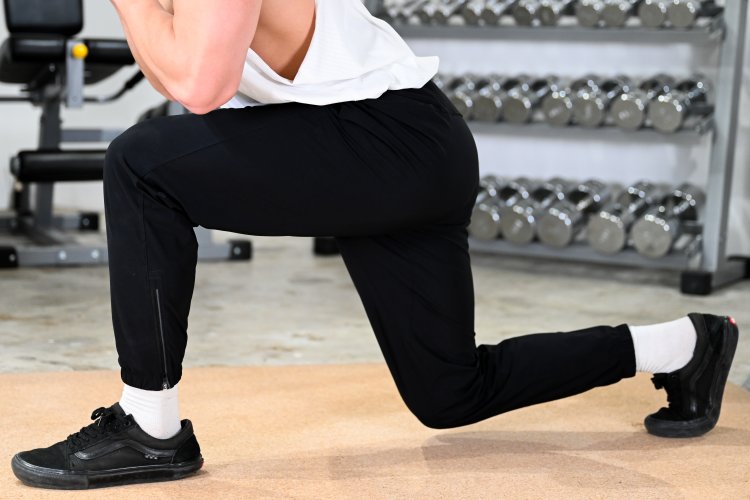
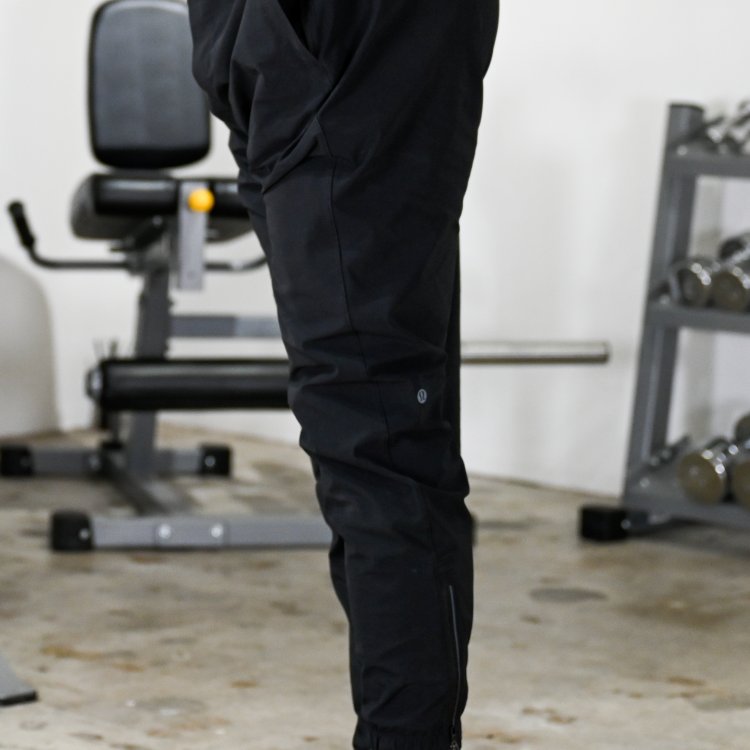
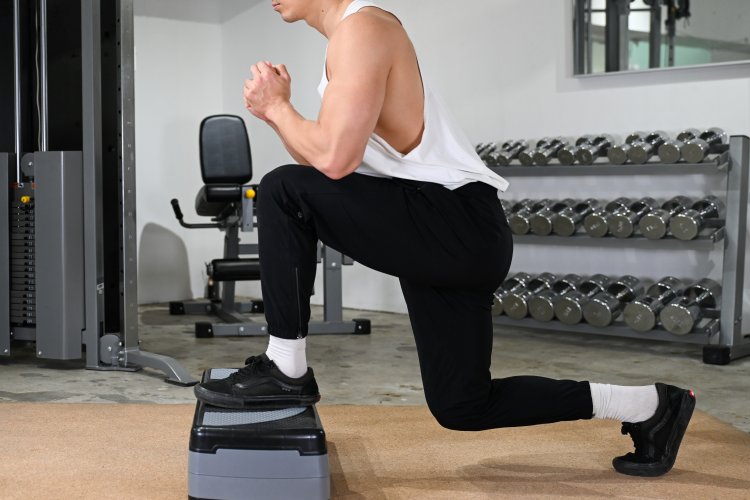
![What are the specific 5 changes that muscle training can bring to a man? [“The truth as experienced by practitioners.”]](https://otokomaeken.com/wp-content/uploads/2023/12/3ecb709c1f1613850249ba743b4b1457-630x331.jpg)
